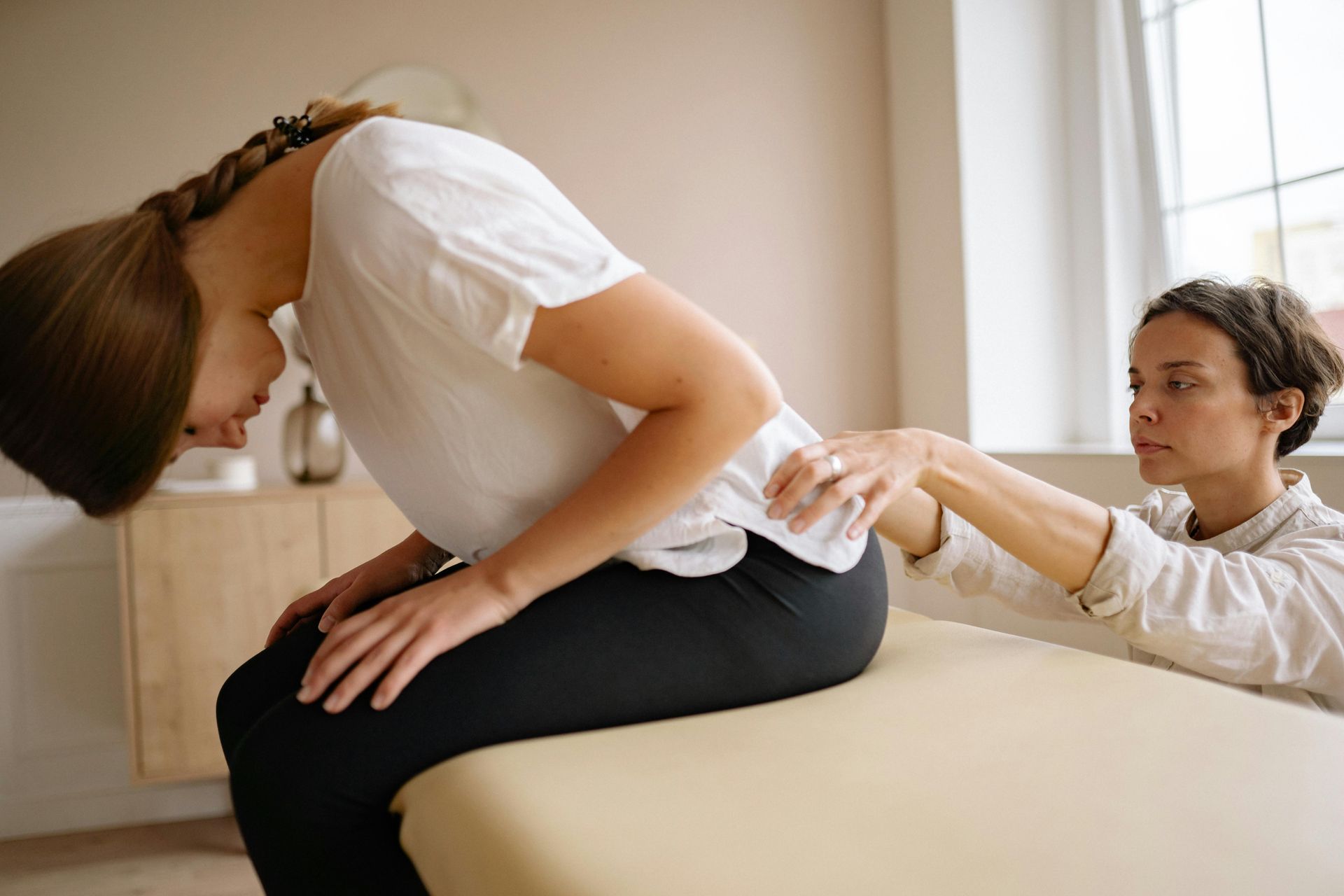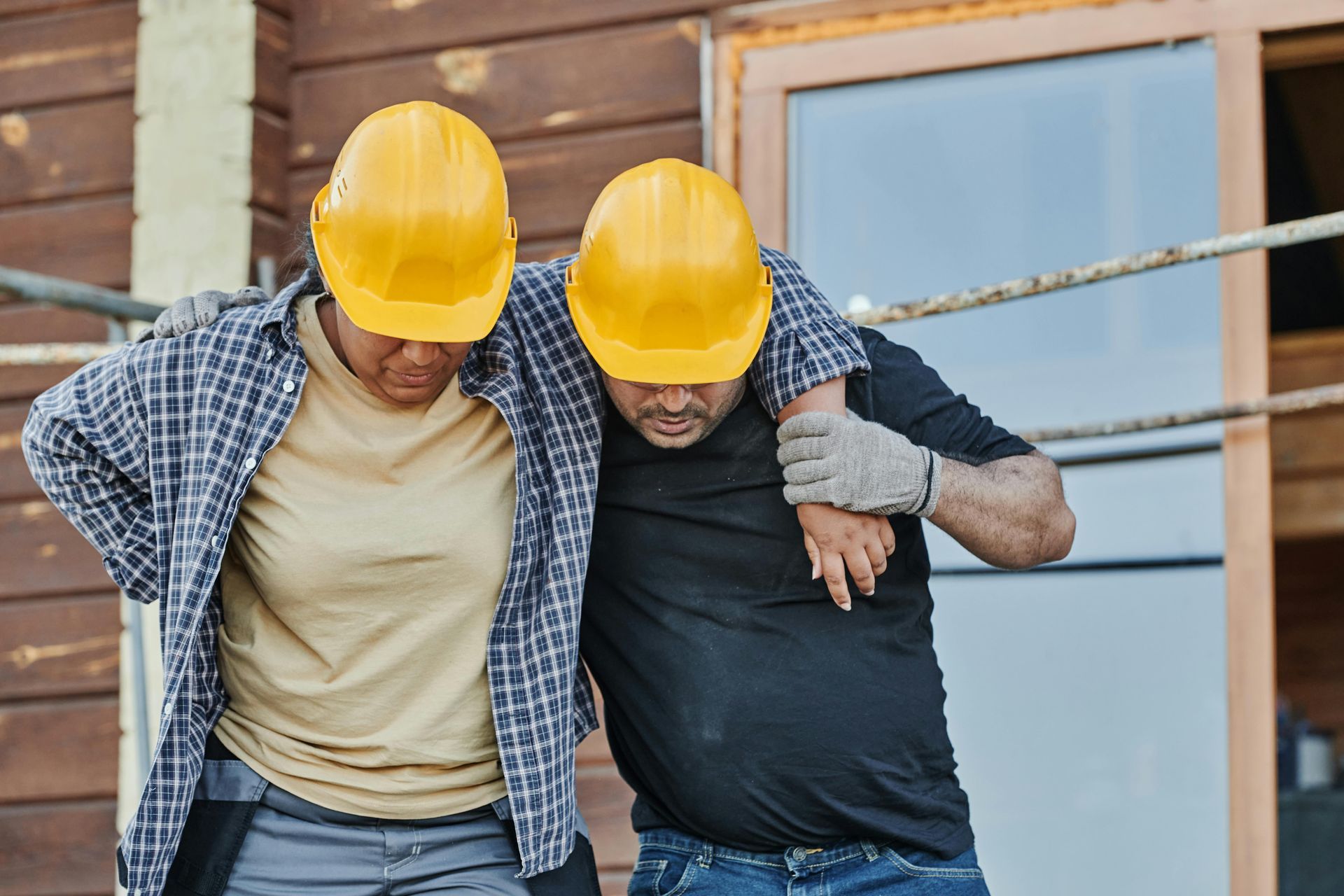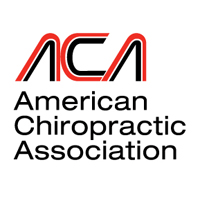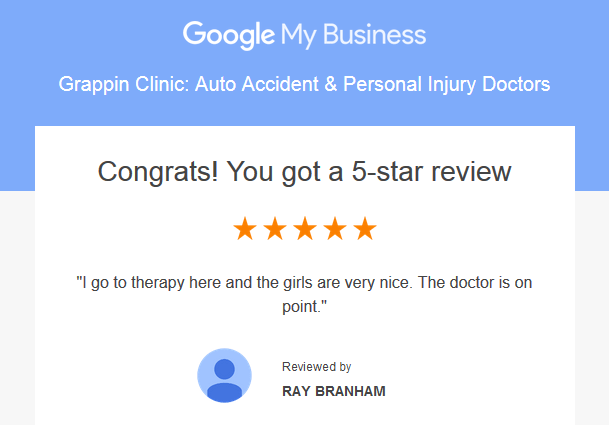Back Pain Causes and Treatment
- By susant3t
- •
- 08 Dec, 2014
- •
Understanding Back Pain Back pain is a very common ailment. Back pain accounts for more than 7,000,000 new cases and 250,000 surgeries each year. There are many causes of lower back pain but the most common cause is mechanical stress. This can be considered the action of movement under the presence of weight. For instance, […]
Back pain is a very common ailment. Back pain accounts for more than 7,000,000 new cases and 250,000 surgeries each year.
There are many causes of lower back pain but the most common cause is mechanical stress. This can be considered the action of movement under the presence of weight. For instance, when you bend forward with the knees straight, pick up an object, and twist while lifting, you apply a great deal of mechanical stress to the lower back. This is especially true if you lift the object with your arms away from your body.
The lower back is especially susceptible to this malady . This is because the lower back receives more weight and has less support from the mid‑back region, due to the lack of ribs.
To make matters worse, the lowest part of the back usually houses the largest nerve with the smallest space for a nerve to exit the spine. This nerve, is called the L5/S1 or Sciatic Nerve. It can be the source of lower back and/or leg pain (commonly called sciatica) when it is out of alignment, is diseased, or the muscles and tissues surrounding the spine become inflamed.
Back pain is a sign that something is wrong and if mild symptoms persist or worsen over two or three days, you should seek professional help. If your pain happened due to an injury, you should seek attention as soon as possible. Treatment outcome is often greatly improved by treating pain from an injury as soon as possible.
Anyone who has ever suffered an acute episode of back pain is also acutely aware of how mechanical stress affects the back. For instance, some back pain sufferers will notice it hurts more when sitting than while standing. This is because sitting actually places 50% more weight on the bones of the lower back and more weight (pressure) equals more pain. Other back pain suffers notice an increase in pain from mechanical stress due to bending, stooping, lifting, or even from coughing or sneezing.
Lower back pain comes in many shapes and sizes. Pain can range from mild stiffness to difficulty or the inability to move, bend, or walk. Back pain can be constant or intermittent (come and go.) The pain can be dull and aching or sharp and stabbing. There may also be numbness, tingling, a sensation of heat, or weakness in one or both legs. In some cases, leg symptoms will present with or without back pain. This is due to a specific type of irritation to the sciatic nerve, called sciatica.
A disc bulge could be the underlying cause of some of the more serious types of back conditions and sciatica. A disc acts like a shock absorber and a pivot point between the two vertebra. When a disc gets overly stressed or injured, it begins to bulge. In the lower back, a disc bulge in the side of a disc is more likely to cause leg pain as the predominant or only symptom. A disc that bulges more to the middle is more likely to cause back symptoms, rather than leg symptoms.
Although back pain is most often caused from a mechanical stress, it could also be a sign of more serious trouble including genetic (conditions you are born with), nutritional disorders (osteoporosis), and malformation of the vertebra (improper bone growth), infection, and even malignancy (cancer).
No matter how back pain presents, if it persists, you should seek professional help to find out what is causing the pain and why it will not get better.
There are many types of treatments for back‑related pain.
These treatments range from massage and acupressure to drugs and surgery. For those of us who would like to avoid taking medication, which only masks the symptoms, and avoid a surgery, there is a leading alternative choice of treatment called chiropractic care. A Doctor of Chiropractic is trained and licensed in the diagnosis of back pain.
Through careful history, examination, and the aid of x-rays, or when needed, CT (computerized tomography), or MRI (magnetic resonance imaging), a Doctor of Chiropractic can often determine the cause of your back pain and recommend a corrective treatment program. If your diagnosis demonstrates your condition cannot be treated with chiropractic, your Doctor of Chiropractic can refer you to the appropriate health care practitioner.
Chiropractors commonly adjust (manipulate) misaligned vertebra (the bones of the spine) to relieve back pain. When the alignment of the vertebrae is improved, the stress on the soft tissue and nerves in the surrounding area is relieved, which allows the natural healing process of the body to overtake the adverse effects of the misalignment. Continued treatment, good posture, proper rest, and exercise will help the healing process continue. Disc problems have also been successfully treated with manipulation or by specialized chiropractic treatments such as flexion‑distraction, a mild traction technique that helps to reduce both disc bulges and small disc herniations.
Advances in the chiropractic care of disc cases has given many back pain suffers a desirable alternative to costly back surgery.
Your chiropractor may also apply various forms of physiotherapy such as massage, acupressure, moist heat, ice, or ultrasound, to help facilitate healing and ease your back pain discomfort. You may be advised to avoid certain activities that could hurt your recovery progress and you may also be shown and advised to do back‑strengthening exercises, to help prevent re‑injury.
In addition to helping with chiropractic adjustments, the chiropractors at Grappin Clinic help their patients further by providing qualified nutritional advice, which can promote healing and result in over‑all improved strength of the back and body.
If you suffer from back pain, you may want to consider contacting Grappin Chiropractic Clinic in North Port and take the first step towards putting your back pain behind you.

There are various types of massage therapies, including sports massage, trigger point massage, deep tissue massage, and Swedish massage. Although these treatments can range in pressure, they all offer invaluable benefits for the body, mind, and spirit. Read on for the top six benefits of massage therapy.

Are you looking for a new, effective way to improve your physical health? Medical massage therapy is here to provide the natural health benefits you need. From optimizing circulation to relieving muscle tension and inflammation, medical massage is a powerful treatment for pain reduction and overall wellness.


























